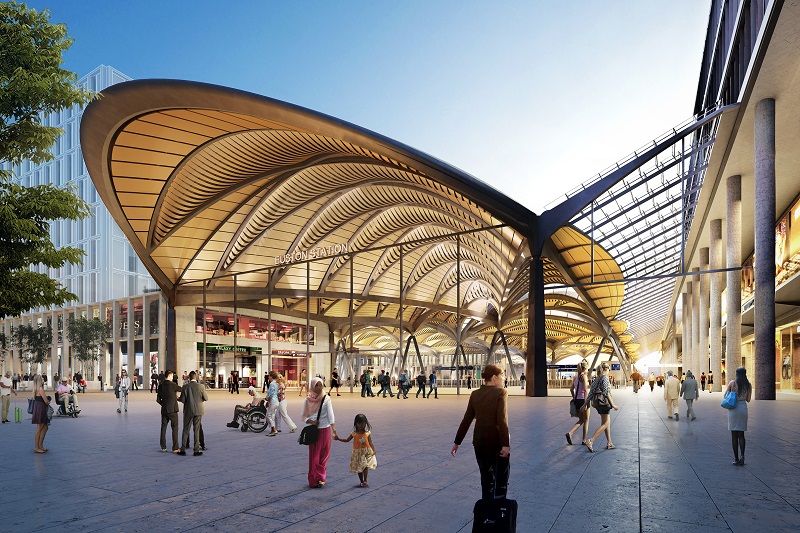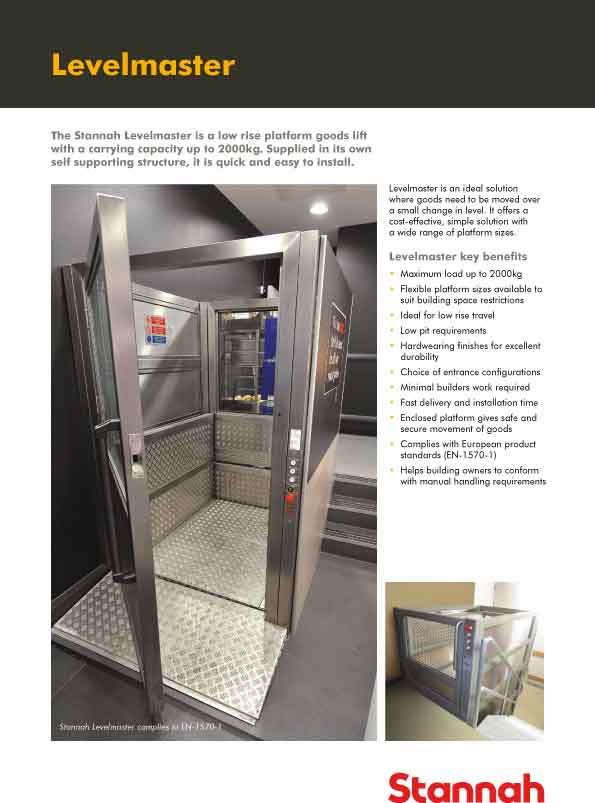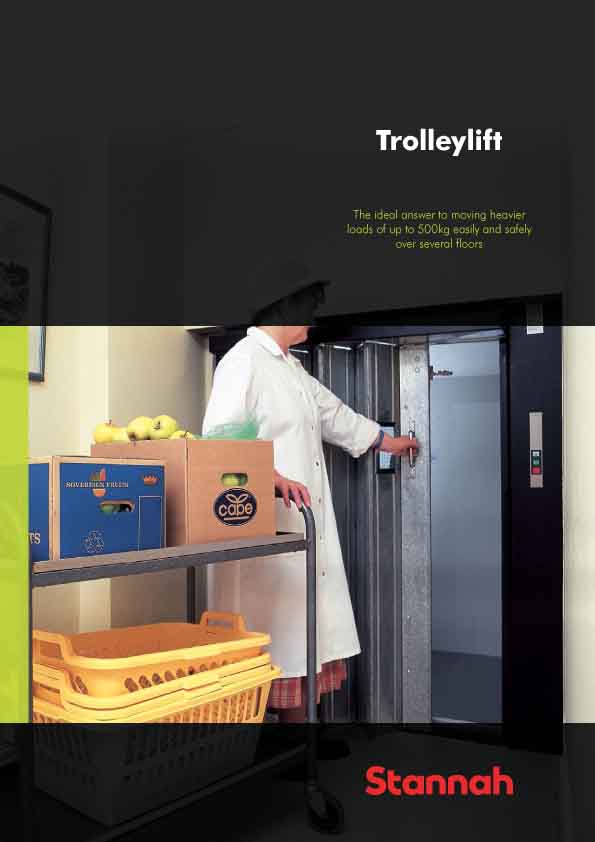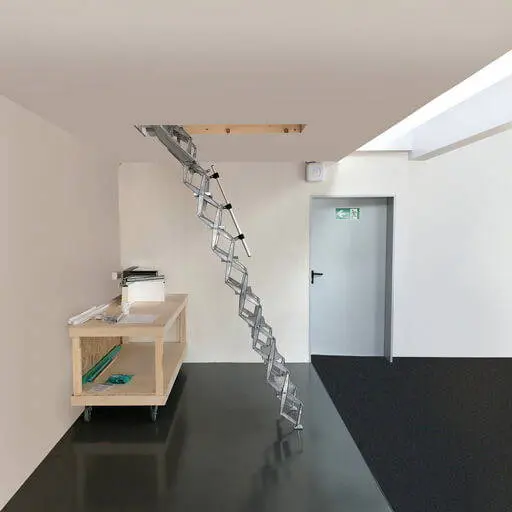Overall the
construction market is forecast to contract this year. Having fallen by 8% last
year, project starts are forecast to decline by just 1% in 2019 before
recovering 5% in 2020.
Whilst overall
construction starts will decline for a third consecutive year in 2019,
logistics premises, build to rent, student accommodation and social housing,
secondary education and civil engineering are forecast to be growth areas.
The most robust
increases are away from London and the South East, with rises in project starts
during 2019 expected in the South West of England, Scotland, Wales and Northern
Ireland.
A recovery in
projects starts is forecast for 2020, supported by a rise in private housing,
office, education, health and civil engineering projects.

Overall the value of
construction project starts declined by 8% last year. A smaller 1% fall is now
anticipated for 2019 before recovering next year. This outlook for the industry
is critically dependent upon the eventual realisation of a Brexit agreement and
the planned transition period. A no-deal Brexit would have a disruptive impact
on the UK economy and construction activity over the forecast period.
Weak UK economic
growth is forecast to constrain construction activity during 2019 and 2020.
Real household earnings are now rising, although growth is weak. This combined
with the extension of Help to Buy is forecast to lift new housing starts as
housing market conditions improve during 2020.
Increased investment
is anticipated in the secondary school estate to accommodate rising pupil
numbers, especially in the UK’s major conurbations.
Warehousing &
logistics premises are forecast to remain a growth area. Technological and
social changes are reshaping consumers’ retail habits and driving the demand
for logistics space. In addition, companies are investing in additional
warehousing capacity to help smooth potential supply chain disruptions
post-Brexit. Growth in this area will be overshadowed during 2019 by a
weakening in manufacturing investment in factory premises.
A weakening in
office starts is forecast for 2019. However, the recent recovery in approvals
during 2018 suggests renewed confidence among investors in the longer-term
prospects for the sector and is expected to feed through to a rise in project
starts from 2020.
Major infrastructure
schemes, including Thames Tideway, HS2 and Hinckley Point, are forecast to
drive civil engineering activity over the forecast period.
The value of smaller
scale civil engineering projects starting on site is also expected to improve,
having fallen back sharply over the last three years. Two other major
infrastructure schemes, Heathrow’s third runway development and the Stonehenge
tunnel are not expected to contribute during the period covered by this report
with initial works on both projects potentially commencing in 2023.
Longer term
construction is expected to benefit from increased public-sector investment as
the Government seeks to increase capital spending to improve UK
competitiveness. Network Rail’s £47 billion funding package for 2019 to 2024 is
an illustration of the Government’s commitment to greater investment in the
built environment.
The construction
industry is facing challenges from an aging workforce. The UK’s impending
departure from the EU has thrown the issue into sharper relief given the
industry’s reliance on overseas labour, particularly in London where EU
nationals account for 28% of the industry’s workforce. Recruitment of overseas
labour has already become more difficult following the referendum and the
weakening in Sterling. Reduced labour availability will add to contractors’
costs and will potentially act as a spur for the greater use of off-site
manufacture.
In the retail
sector, activity is forecast to decline over the forecast period as weak
consumer spending and the growth in online retailing accelerate the
restructuring of the retail industry and depress the demand for retail
premises.
The construction
industry is facing challenges from an aging workforce. The UK’s impending
departure from the EU has thrown the issue into sharper relief given the
industry’s reliance on overseas labour, particularly in London where EU
nationals account for 28% of the industry’s workforce. Recruitment of overseas
labour has already become more difficult following the referendum and the
weakening in Sterling. Reduced labour availability will add to contractors’
costs and will potentially act as a spur for the greater use of off-site
manufacture.
Key recommendations:
- Companies will need to
closely monitor and respond to shifting market conditions to maintain and
build their order books. Investment in an effective CRM, digital marketing
channels and a modernised salesforce will help firms to rapidly target
emerging opportunities.
- The UK’s departure from the
EU is exacerbating the difficulty in recruiting skilled site labour. This
threatens to increase construction costs and disrupt the timely delivery
of projects. Companies should invest in design solutions, site operating
practices and offsite manufacturing options that reduce the reliance on
site labour to safeguard the timely and profitable delivery of projects.
- The fall in Sterling has
increased UK product manufacturers’ energy and raw material costs as well
as increasing the price of imported products. Firms will need to
adequately reflect rising labour and construction costs when tendering for
projects.
- Near term, firms will need to
scrutinise their supply chain arrangements carefully. The delay of the
Brexit date to 31 October provides firms with additional time to prepare.
The change to customs arrangements has the potential to disrupt the ready
availability of imported materials and components and their timely
delivery to site, especially in the event of a ‘No Deal Brexit’.




















